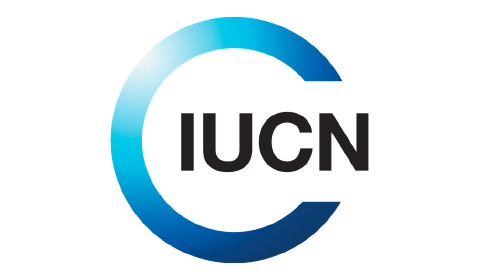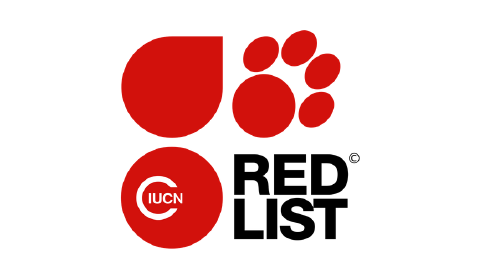PT EN
ASSESS
The IUCN Red List of Threatened SpeciesTM is internationally recognized as the most respected and robust inventory of the global conservation status of plants and animals. It provides a standard and repeatable method for assessing the extinction risk of a species around the world.
In 2003, IUCN published guidelines to assess the conservation status of species at smaller spatial scales – at the local, national, or regional level. Over 100 countries and regions have so far developed National and Regional Red Lists, and National Red Lists are becoming a valuable tool for planning and promoting conservation.
Since 2010, Brazil has adopted the National Red List as a strategy to fulfill the CBD agreement AICHI Target 12. The Chico Mendes Institute for Biodiversity Conservation (ICMBio) coordinates the assessments of the risk of extinction for all vertebrate species that occur in the national territory and for some groups of Invertebrates, while The Rio de Janeiro Botanical Garden (JBRJ) coordinates the assessments for flora species. This work supports the review, by the Ministry of the Environment (MMA), of the National List of Threatened Species. It is a cyclical process, with reassessments every five years. Both ICMBio and the JBRJ seek out to evaluate the largest number of species possible.
They count on the collaboration of hundreds of specialists from the most diverse education and research institutions in the country and abroad, providing and reviewing the data. This work resulted in the publication in 2018 of the Red Book of Threatened Fauna of Brazil, on which 1,270 scientists and specialists met under the coordination of ICMBio to evaluate 12,254 species. The JBRJ published the Red Book of Threatened Flora of Brazil at the end of 2013, containing the result of more than two years of work on the risk assessment of 4,617 flora species and developed an online system for continuous updates on flora species information.

endemic species
endemic species
Endemic species are native species that are only found in a certain geographic region, such as an island, country, or habitat type. For many species, a national assessment covers only a part of their population and or range. IUCN Red List consolidates a unique assessment for each species, considering the global population of a taxon. Though, If the criteria are used to assess endemic species at regional or national levels, this can be equivalent to a global assessment.
Despite Brazil ́s existing national red listing infrastructure, but it does not converse with the IUCN Global Red List, and vice versa. To get an idea of the impact, there are over 4,400 Brazilian endemic species of fauna that were assessed nationally but are not yet listed globally. Besides, a recent analysis by CSS Brazil indicates that there are 37% of category mismatches of the 1,355 endemic species of Brazil that were assessed both nationally and globally. This may have serious implications for the prioritization and planning to save species, as well as for the development of conservation policies.

CSS Brazil contributes to the increase of the Brazilian endemic species assessed globally and at the same time evaluates the main issues leading to the category mismatches. Therefore, we are working to bridge the gaps and to develop a work plan that could harmonize process and content, while building capacity on both sides and avoiding the duplication of limited conservation efforts.
DATA DEFICIENT SPECIES ASSESSMENT
DATA DEFICIENT SPECIES ASSESSMENT
A taxon is categorized as Data Deficient (DD) when adequate information is lacking to make an assessment of its risk of extinction. A taxon in this category may be well studied, and its biology well known, but appropriate data on the abundance, distribution, or threat impact are lacking.
CSS Brazil offers to analyze and make available to the interested academic public, which Brazilian species are categorized as DD and which aspects need to be further investigated so that future research can be directed to fulfill the gaps and thus enabling the assessment of the species’ risk of extinction that helps to guide and inform future conservation and funding priorities.







